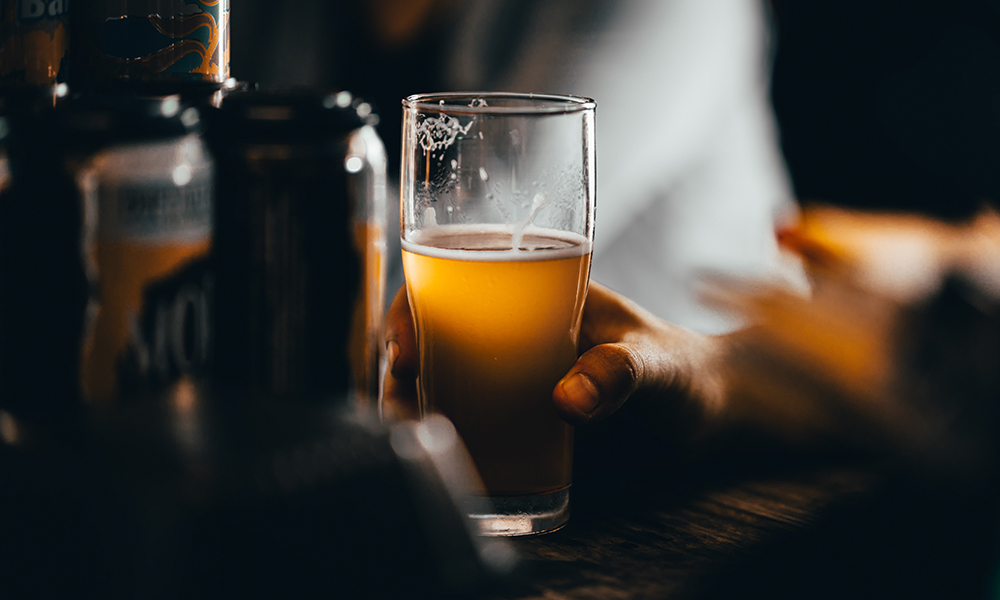Beer comes with its own language, most of which makes talking about beer an intimidating and alienating prospect for casual drinkers. Conversely, this separate language is a delight for pedantic, gatekeeping nerds clamoring for an intellectual edge on people at parties. I don’t like those nerds and am always looking for ways to let the air out of their metaphorical balloons. If you really want to make your way through a conversation about beer, the first step is knowing the basic terms.
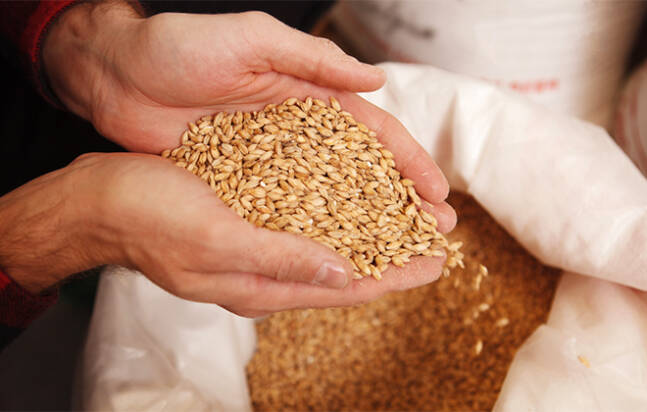
Malt
People use malt and grain interchangeably, but that’s not technically accurate. Malt is what grains become after they’ve been tricked into germinating. Germination triggers the production of enzymes the grains use to convert their starches into sugars the sprouts can use to power their first days of growth before they switch to photosynthesis. In brewing’s case, the enzymes convert the starches into simpler sugars, which the yeast convert to alcohol during fermentation.
Also worth noting: Malt becomes grist once it’s been milled, so you may hear brewers talking about their grist instead of their malt, but they’re basically talking about the same thing.
Adjuncts
Adjuncts is a catchall term for any kind of supplemental starches that get added with the malt. Adjuncts can be corn, rice, unmalted barley or rye or wheat, rolled oats, or really any source of starchy carbohydrates. If you’ve ever heard of an oatmeal stout, that “oatmeal” is likely telling you the brewer used oats as a brewing adjunct. There are a lot of reasons brewers would use adjuncts, including mouthfeel, protein content, clarity or opacity, flavor, and color.
Mash/Mashing
The mash is the first step of the brewing process and the one that translates best to film and video. It’s what you’re looking at when you go on a brewery tour and see someone moving a bunch of grain-filled water around. The hot water enables the enzymes to get at the starches and convert them to usable sugars, which is then separated from the grain and pulled over to the kettle for boiling.
Wort
Wort is the liquid in the mash, the one with all the sugars dissolved in it. It feels like a safe bet to say that there are beer drinkers out there who will go their whole drinking career without interacting with wort, but it’s a useful word to know, especially if you’re someone who’s trying to bump up their beer literacy.
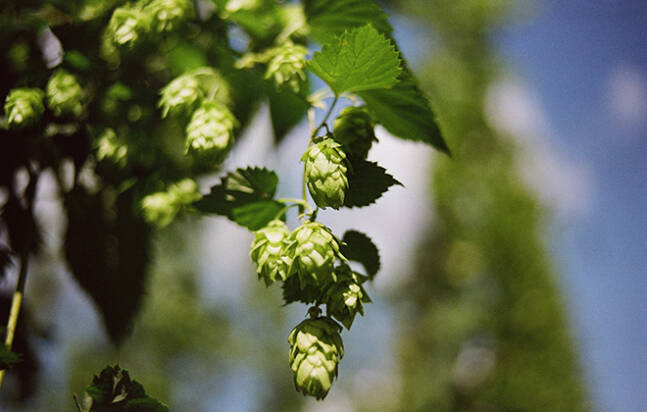
Hops
With the domination of IPAs over the past few years, you’ve definitely heard of hops. They’re perennial vines that produce flowers, also called cones, that have been the main bittering and flavoring ingredient in beer production for centuries. They’re green, fast growing, and found around the world. They’re also vaguely related to cannabis and have a wide range of terpenes (compounds that give off the pine, dank, citrus, fruit, and other aromas). There are countless varieties of hops and it would be useless to try and describe the differences, but there are some you’ll encounter more than others.
Dry-hopping
Dry-hopping sounds more complicated than it actually is. It’s simply adding the hops to the fermenter instead of the boil. Adding the hops at this time means the flavors and aromas of the hops stay intact since they’re not enduring the heat and turbulence of the boil. You wouldn’t be far off if you thought of dry-hopping the same as cold brewing coffee.
Imperial
Imperial is mostly found attached to stouts these days, though I’ve seen it preceding red and amber ales, Vienna lagers, and brown ales, among others. Despite the history behind the word, these days imperial describes a beer that has an elevated ABV. There’s no defined range for an imperial style beer, so expect these to be anywhere between 6.5 and 10 percent. I’ve even seen some imperial stouts that push it closer to 14.
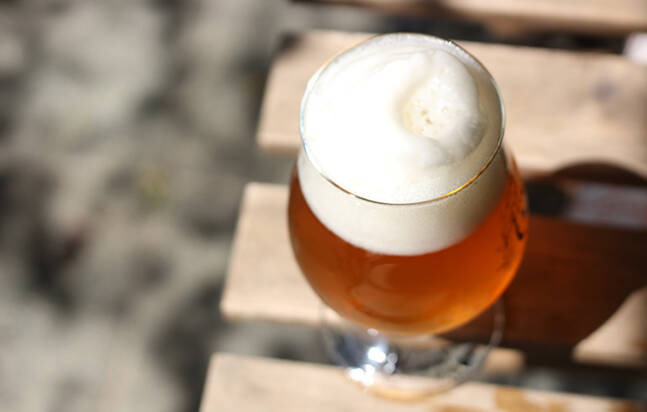
Double
I blame double’s frequent pairing with IPA, along with the IPA’s high hop content, for the confusion around the meaning of this word. Double technically describes the alcohol content of a beer, not the hop content. When you’re looking at a tap list and find a double IPA, that doesn’t necessarily mean it has double the hops. The second layer of confusion comes from the fact that double IPAs generally do have a higher hop content than their more sessionable counterparts. That’s more due to the upping of hop additions to balance the flavor against the additional malt needed to get to a higher ABV. The same thing generally happens to imperial beers, but for whatever reason, imperial isn’t surrounded by the same confusion.
Triple
Triple is double, only moreso. If a double’s ABV tops out around nine percent, a triple’s going double digits. Figure on 10 at a minimum, with most hovering around 12.
Beer vs. Ale vs. Lager
Beer is the umbrella term for a malt-based, hop-bittered alcoholic drink. It’s the safest word to use because all ales and lagers are beers. From there, it’s a question of yeast strain. Ales are fermented above 60 degrees Fahrenheit, while lagers are fermented below. That’s all. The words ale and lager in no way, shape, or form, refer to the color, strength, or hoppiness of the beer. Other than a few exceptions, ales include IPAs, stouts, brown ales, and most wheat beers, while lagers include pilsners, bocks, helles, and many other German beer styles.
For scientists and brewers, that means a complicated world of manipulating fermentation vessel temperatures. For regular drinkers, that means ales have bold, sharper flavors produced by the volatile compounds released during fermentation. They’re easier to make, as well as easier to correct minor mistakes and off flavors. Lagers are smoother, more delicate, and take longer to make. They have very little margin for error and have been the downfall of many a hubristic brewer, home or professional.
Traditional Sour vs. Kettle Sour
These two types of sour beers are more a difference in approach than two separate beer styles. In very general terms, a traditional sour is a sour beer where the brewer relies on yeast and bacteria that are already in the air to produce mouth-puckering beers with an insane depth of flavor. They’re left for months or even years to mature, sometimes on wood, sometimes in open fermentation vessels.
A kettle sour is made under the strict control of a modern production facility, where conditions are tightly controlled and only the desired souring bacteria are added to wort, which itself is only left for a day or two. It’s a much milder tartness that mixes well with fruit, which might be why all your non-beer-drinking friends consider them a revelation for their summer barbecues.
If you’re going to breweries with smoothie, milkshake, or fruited sours (all of which are more marketing descriptors than defined styles), you’re likely drinking kettle sours. They’re faster to make, easier to control, and mellower in flavor, all of which lend themselves well to making fun beers for casual drinkers.
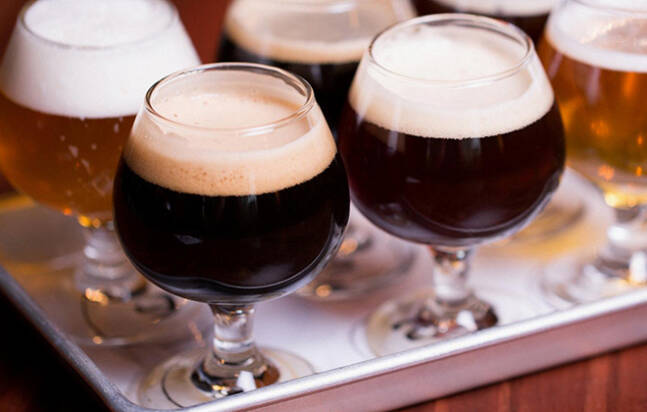
Stout vs. Porter
Stouts and porters are functionally the same thing. There’s entomology to both words that suggest they may have once meant different things, along with brewing history that can be fuzzily divided according to Irish, English, and American brewing tradition, but so much of it is based in hearsay and brewers’ subjective connotations of words that the more you read about them, the less clear things get. You’d be well within your rights to plug your ears and start humming the next time someone tries to tell you the difference between a stout and a porter. In fact, that’s the approach I would professionally recommend.

